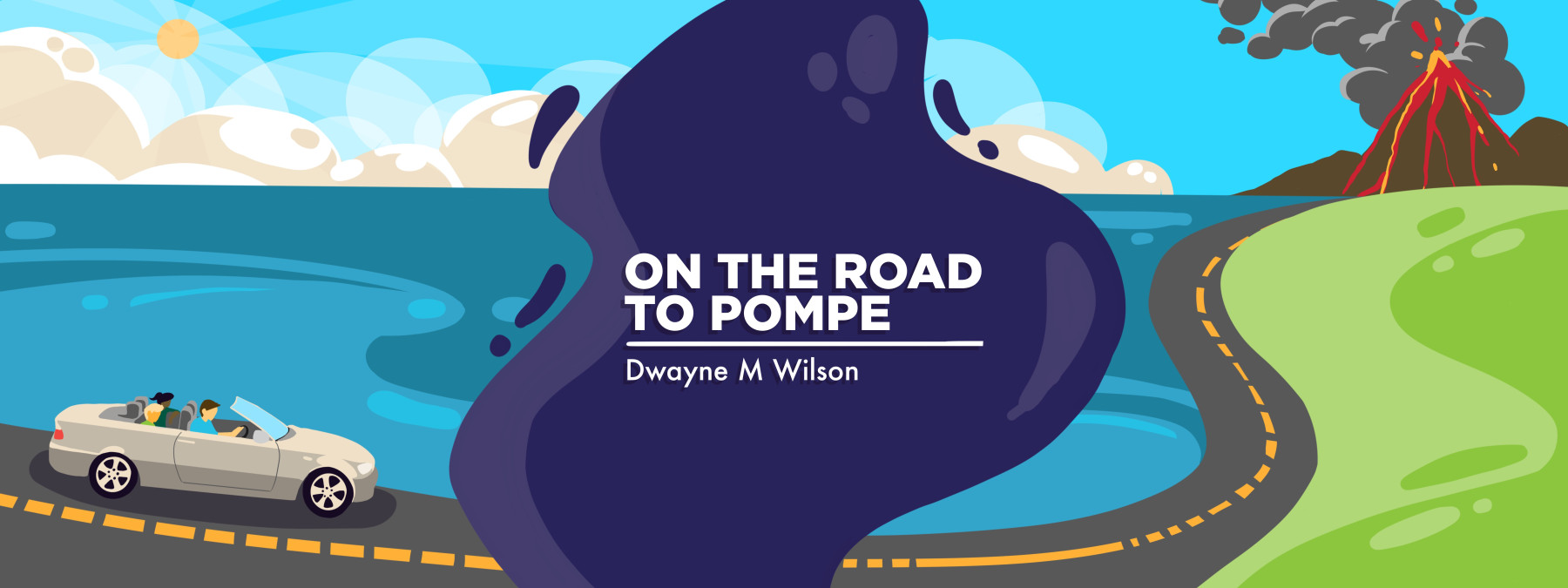A Trip to Paradise Helps Me Conquer My Fear of Swimming
A Pompe disease diagnosis and treatment help this columnist return to the water

Imagine getting ready for bed at night. You sit down on the side of your bed with your feet touching the floor. The bedspread and sheets are turned over already, and you lie down on your mattress flat on your back. In that instance, you gasp for air and the panic kicks in as you feel like you can’t breathe.
You turn over on your right side and start to shallow breathe for what seems like five or more minutes until it subsides. Thoughts go through your mind about what is wrong. “Why am I having breathing problems lying down?” you wonder.
All of this was going on for months in my life, and it had me worried to death. It was time to see a doctor for answers.
After seeing my primary care physician, I was referred to a neurologist, who had me undergo electromyography and nerve conduction tests. The results showed that I had myopathy, or a muscle weakness disease. There are many different kinds of myopathy, so the neurologist wasn’t sure exactly which one I had.
I mentioned that when I am in water, such as in a swimming pool, I have a hard time breathing. When I’m up to my neck in a pool, I start to shallow breathe. It also feels like someone is stepping on my chest, and the pressure is tight around my body.
“That sounds like Pompe disease,” the neurologist replied. I had no idea what he was talking about. I had never heard that disease mentioned before. The doctor ordered a blood test and a muscle biopsy, which were done within the next two months, followed by a referral to a neuromuscular specialist. I was then diagnosed with late-onset Pompe disease.
Never in my wildest imagination did I think that telling the doctor it felt like someone is standing on my chest when I’m in a swimming pool would be the key to my diagnosis. Weak breathing is a concern for Pompe patients, because if you can’t breathe, there is no life.
Pompe disease is also known as glycogen storage disease type 2. The body does not produce the GAA enzyme to break down the glycogen stored in muscle cells. As the glycogen reaches toxic levels in the muscle cells, it causes them to deteriorate, resulting in muscle weakness and atrophy throughout the body.
The diaphragm is the muscle that helps expand and contract the lungs to breathe. When the diaphragm is weak, it becomes harder for the body to expel carbon dioxide and causes a buildup in the blood. This becomes dangerous for Pompe patients. A weak diaphragm needs help to keep up its movement, so a BiPAP ventilating machine is often prescribed to patients like me to use at night when lying down. In more serious situations, a BiPAP may need to be used all day long.
Conquering my fear, again
After diagnosis, I tended to stay away from the water. But with treatment and physical therapy, I had an opportunity to conquer another fear of mine while on a recent vacation in Hawaii. The hotel had a lagoon behind it that was calm, yet connected to the ocean, and the beach looked very inviting.
Since I had already conquered my fear of snorkeling, it was now time to conquer my fear of being in the water alone. I had no life jacket, snorkel, or pool noodle, so it was just me and the ocean. I walked through the sand to the edge of the water and walked right in. The warm tropical water felt so relaxing, and a sense of calm flowed through my body. I doggie-paddled out a bit until my 6-feet, 5-inch frame couldn’t touch the sandy bottom anymore.
I was floating up to my neck in the water, and my feet were dangling in the ocean. My breathing felt normal, and I didn’t appear to be having any issues. I felt a sense of relief and enjoyed the moment. The sun was nearly setting, which was a beautiful sight to behold.
In the zone, I lay back, lifted up my legs, and stretched my arms over the water to float on my back. It was such a tranquil and peaceful moment that I will never forget. I wasn’t scared.
Being on this journey had taken me to an island 2,600 miles away to conquer my fears and fuel my mind, and to continue “On the Road to Pompe.” I am now living my best Pompe life.

Dwayne and his wife, Jean, enjoy the sunset on their way to swim in a lagoon during a recent trip to Hawaii. (Photo by Dwayne Wilson)
Note: Pompe Disease News is strictly a news and information website about the disease. It does not provide medical advice, diagnosis, or treatment. This content is not intended to be a substitute for professional medical advice, diagnosis, or treatment. Always seek the advice of your physician or other qualified health provider with any questions you may have regarding a medical condition. Never disregard professional medical advice or delay in seeking it because of something you have read on this website. The opinions expressed in this column are not those of Pompe Disease News or its parent company, Bionews, and are intended to spark discussion about issues pertaining to Pompe disease.








Leave a comment
Fill in the required fields to post. Your email address will not be published.